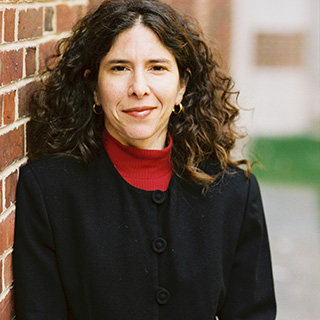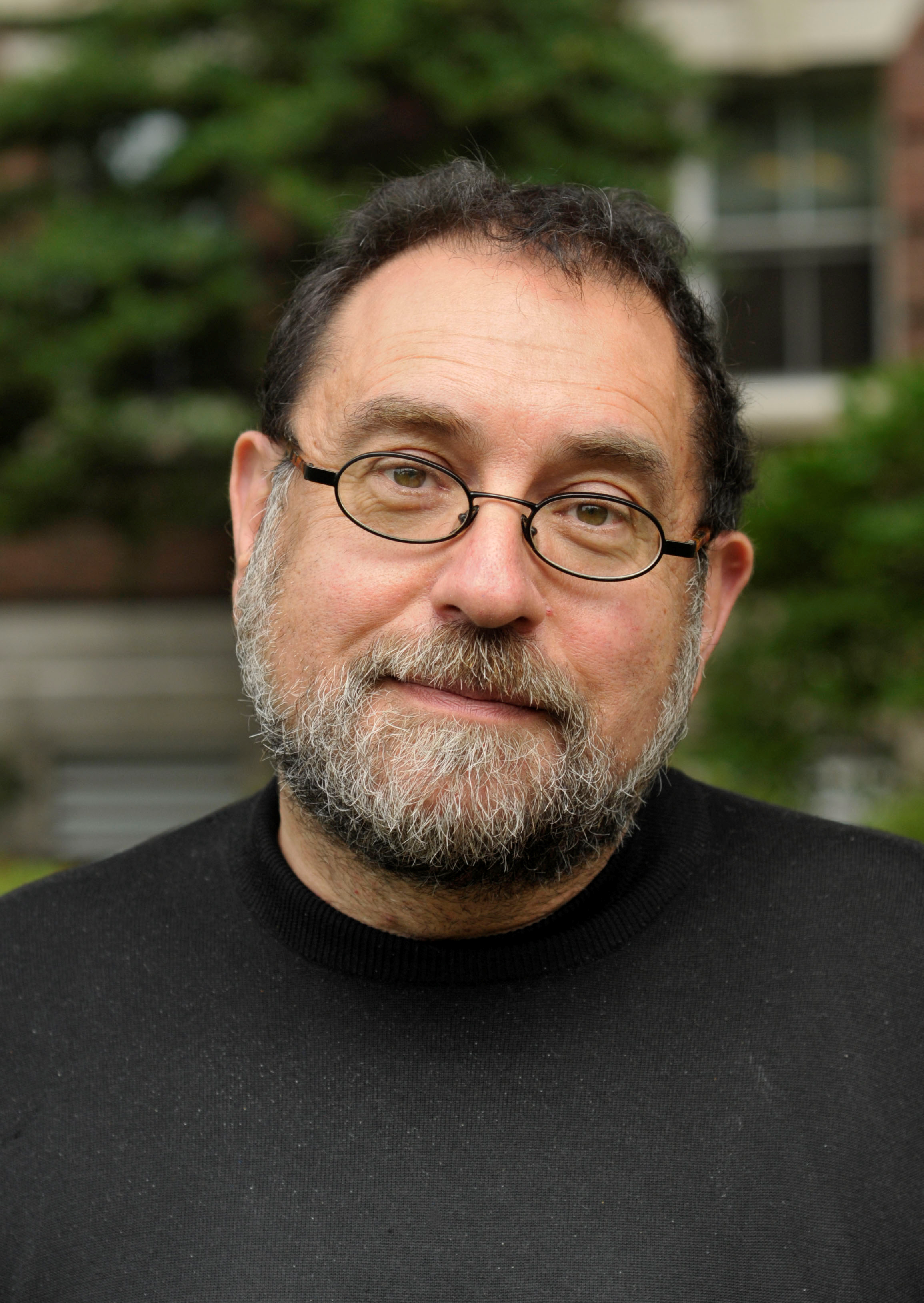The Pogrom that Endured

Pogrom: Kishinev and the Tilt of History by Steven J. Zipperstein (W. W. Norton, 2018).
The sun shone, the blossom bloomed, and the slaughterer slaughtered.
—H. N. Bialik, “In the City of Slaughter” (1903)

The image of the slaughterer in springtime is an indelible part of the DNA of twentieth-century Jewish experience, juxtaposing as it does the casual brutality of history with the most mundane of natural events. Its source is Bialik’s epic poem about the Kishinev pogrom of 1903. Despite the many words written about the events of that April—personal testimony, journalistic reportage, memorial texts, poetry, and even a Broadway play (The Chosen People by Evgenii Chiriko)—the warp and woof of this particular incident simply won’t let us alone. Stephen Zipperstein’s new book comes to explain why and, perhaps, to lay to rest the Kishinev ghost at last.
Pogrom begins with vivid tableaus of unremarkable “Lower Kishinev,” home to Jewish and gentile families. A central chapter in Pogrom tracks, hour-by-hour and street-by-street, the progress of the violence over three days, synthesizing official reports and testimony gathered in the wake of events. After this absorbing, horrific narrative, Zipperstein turns to Kishinev’s considerable and ongoing reverberations beyond its borders, and into our own day.

Zionism in Europe, and later in Israel, capitalized on Bialik’s depiction of male passivity in the face of the rape of their wives and daughters (a likely false claim) to shape a national identity predicated on defense, and a robust response to physical threats. In the United States, the Hearst syndicate ran extensive and often sensational coverage of Kishinev. Pogroms were twinned with American racism, including riots and lynching. According to Zipperstein, sensitivity to parallels between these two realms of violence shaped the founding of the NAACP. Zipperstein’s book brings Eastern European xenophobia sadly up-to-date with a disturbing survey of Moldovan nationalism in current-day Chisinau, now a seedy, post-Soviet center of graft and a grey economy.
Passover has always told the story of trauma and redemption. This April also marks the 75th anniversary of the Warsaw Ghetto Uprising. Pogrom is a necessary reminder of the meaning of these events for subsequent generations.



